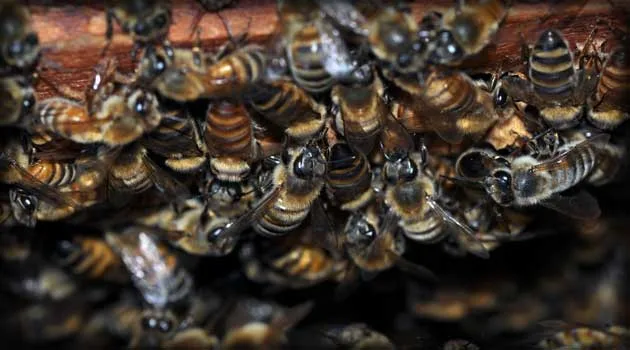
Colony Collapse Disorder (CCD) is a concerning phenomenon that has affected bee populations in the United States and various parts of the world. First recognized in the mid-2000s, CCD refers to the sudden and widespread disappearance of adult honeybees from their colonies, leaving behind the queen, brood, and some food stores. This mysterious disorder has significant implications for agriculture, food security, and ecosystem health, as honeybees play a crucial role in pollination and maintaining biodiversity.
The impact of CCD on the beekeeping industry and agriculture cannot be overstated. Bees are essential pollinators for a wide range of crops, including fruits, nuts, vegetables, and even some field crops. It is estimated that honeybees contribute to the pollination of approximately one-third of all the food consumed in the United States. The economic value of this pollination service is estimated to be billions of dollars annually.
The causes of Colony Collapse Disorder are complex and multifaceted. While there is no single factor responsible for CCD, several contributing stressors have been identified, including:
- Pesticides: Exposure to certain classes of pesticides, particularly neonicotinoids, has been associated with bee health issues, including CCD.
- Parasites and Pathogens: Varroa mites and Nosema ceranae are examples of pests and pathogens that can weaken bee colonies and increase their vulnerability to CCD.
- Poor Nutrition: Reduced availability of diverse and nutritious forage can lead to weakened bee immune systems and increased susceptibility to stressors.
- Environmental Stress: Changes in land use, climate, and habitat loss can create additional stressors on bee populations.
Addressing CCD requires collaborative efforts between beekeepers, scientists, policymakers, and the public. Research on the underlying causes of CCD is ongoing, and measures to promote bee health and conservation are being implemented.

Various initiatives aim to mitigate the impact of Colony Collapse Disorder and protect pollinators. These efforts include:
- Integrated Pest Management: Adopting sustainable pest management practices to reduce pesticide exposure and control varroa mites.
- Habitat Restoration: Creating pollinator-friendly habitats with diverse floral resources to provide forage and nesting sites for bees.
- Public Awareness: Raising awareness about the importance of pollinators and the actions individuals can take to support bee health.
- Research and Education: Supporting research on bee health, ecology, and potential solutions to CCD while educating the public about the significance of pollinators.
The quest to combat Colony Collapse Disorder is ongoing, driven by the recognition that healthy honeybee populations are crucial for agricultural productivity and ecological balance. By understanding and addressing the challenges facing bees, we can foster a sustainable environment that benefits both the natural world and human society.
